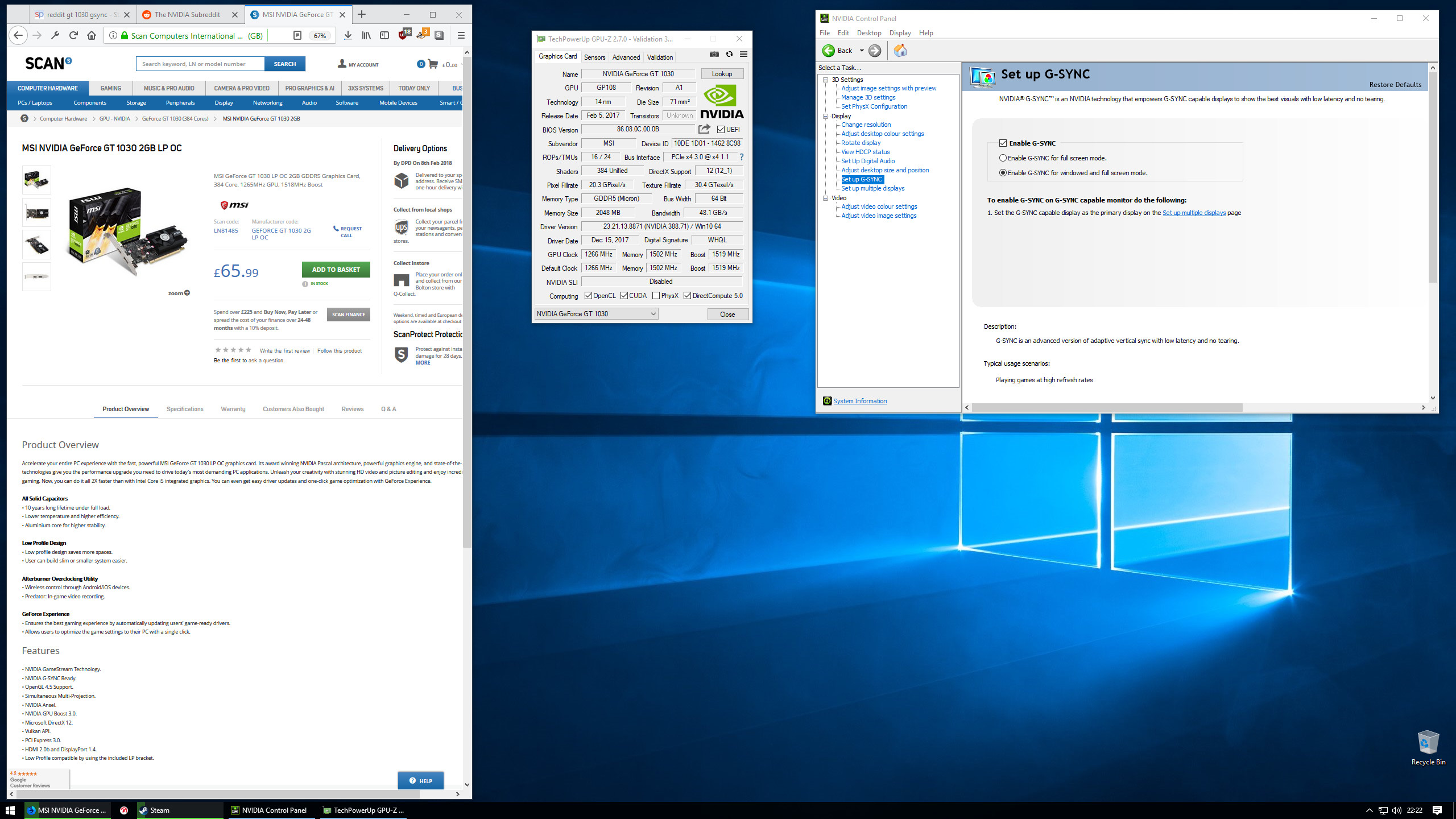
We also tested with every possible API on each game, just for good measure. Obviously there are a ton of potential combinations, but this should be enough to at least get us started. Thinking perhaps a low-end GPU might benefit more, we also went to the other extreme and tested a GTX 1050 card with the 9900K. We used an RTX 2080 Ti as the main test GPU, and ran the benchmarks with both Core i9-9900K and Ryzen 9 3900X. We selected five games out of our current GPU test suite, then ran benchmarks with and without hardware-accelerated GPU scheduling enabled on a few test configurations.


Form Factor & Dimensions Form Factor ATX Max GPU Length 147 mm Card Dimensions (L x H) 147.07 mm x 102.Information circulating on the web suggests GPU hardware scheduling could be quite useful, but we decided to investigate further. – Allows users to optimize the game settings to their PC with a single click. – Ensures the best gaming experience by automatically updating users’ game-ready drivers. – Wireless control through Android/iOS devices. – Aluminum core for higher stability.Afterburner Overclocking Utility

– Lower temperature and higher efficiency. – 10 years long lifetime under full load. Recommended PSU: 300W HDCP Ready 2.2 Features Features All Solid Capacitors Description Brand MSI Model GT 1030 AERO ITX 2G OC Interface Interface PCI Express 3.0 x16 (uses x4) Chipset Chipset Manufacturer NVIDIA GPU GeForce GT 1030 Core Clock 1265 MHz Boost Clock 1518 MHz Memory Effective Memory Clock 6008 MHz Memory Size 2GB Memory Interface 64-Bit Memory Type GDDR5 3D API DirectX DirectX 12 OpenGL OpenGL 4.5 Ports HDMI 1 x HDMI Multi-Monitor Support 2 DVI 1 x SL-DVI-D Details Cooler Single Fan System Requirements Power Consumption: 30W


 0 kommentar(er)
0 kommentar(er)
